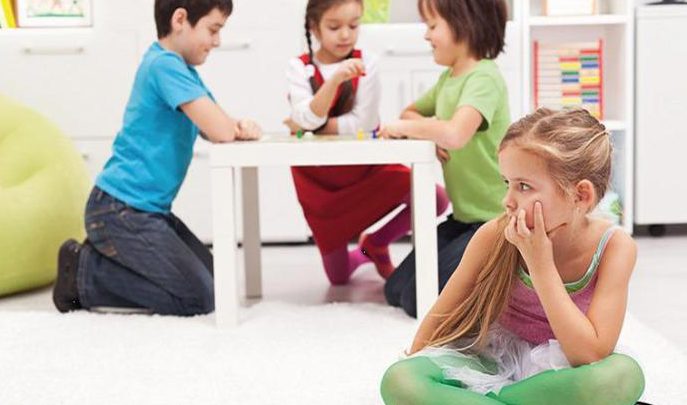7 Things To Know About Selective Mutism

Lindsay Whittington presents an overview of a condition that can render children physically unable to speak, or even communicate…

Selective mutism is a severe anxiety disorder that prevents people, usually children, from speaking in certain social and/or public situations, such as within school. Yet they are able to speak easily and freely with family or friends in environments where they feel at ease.
It is considered by researchers and clinicians as an extreme form of social phobia.
SM is much more than simple shyness or an unwillingness to speak; it’s a disorder that affects the individual’s dayto- day functioning and communications within society. A child or adult with selective mutism doesn’t refuse or choose not to speak, they’re literally unable to speak. The expectation to talk to certain people triggers a freeze response with feelings of panic, rather like a bad case of stage fright, making talking impossible.
1. The causes aren’t clear
It’s not always known what causes some children to develop SM, but it’s understood to be connected with anxiety, a tendency often inherited from a family member. Stressful environments may also be a risk factor in its development and continuation. Some children become overwhelmed by loud noises and big crowds, struggle to process the sensory information associated with them and ‘shut down’, losing their ability to speak.
2. It’s more common among shy girls and minority groups
Children with SM tend to be inherently shy and withdrawn. The condition is thought to affect around one in every 140 children under the age of 8, and evidence suggests it’s more common in girls and children of ethnic minority, or those who have recently migrated from countries where the language and/or culture distinctly differ.
3. The symptoms emerge early on
Symptoms of SM are usually noticed in early childhood when the child begins to socialise beyond the family circle – i.e. at nursery or primary school. The main symptom is a distinction in a child’s ability to interact with different people; when they’re expected to speak to someone outside their comfort zone they become very still, with a frozen facial expression. Some children with SM can manage a word or two, often whispered, or respond with gestures like nodding or shaking their head. The worst affected can’t communicate at all.
4. Children with SM are prone to tantrums
Often seen by others as sulky, rude or withdrawn, children with SM may have temper tantrums when they get home from school as a way of releasing their pent-up tension.
5. It can cause learning outcomes to suffer
SM can significantly hinder a child’s learning and development, since they can’t ask for help or participate fully in classroom or playground activities. In severe cases, children might end up having accidents because they can’t ask to use the toilet, or even avoid eating or drinking at school so they don’t have to ask to go to the loo.
6. It can present alongside other conditions
A proportion of children with SM have developmental delays in motor, communication and/ or social development; some may also be diagnosed with an autism spectrum disorder.
7. It affects social skills
Unsurprisingly, SM can affect a child’s ability to make friends. They often find it difficult to look at people, turn their heads away or avoid eye contact. They might struggle to laugh or smile, and can exhibit stiff, awkward body language that seems unfriendly. Despite outward appearances, however, most children with SM actively want to make friends and aside from their communication difficulties, can sometimes possess good social skills.
About the author
Lindsay Whittington is coordinator of the Selective Mutism Information and Research Association – a charity that provides support, information and training for parents, carers and professionals. Find out more at smira.org.uk








